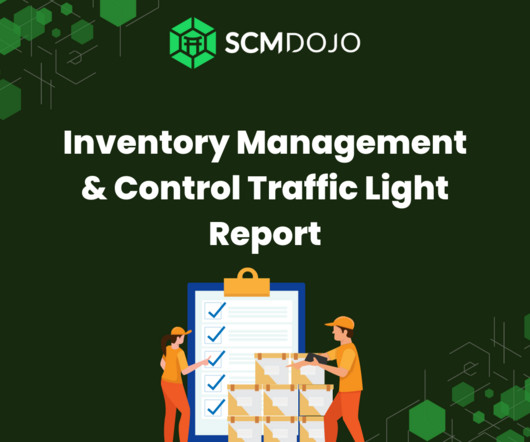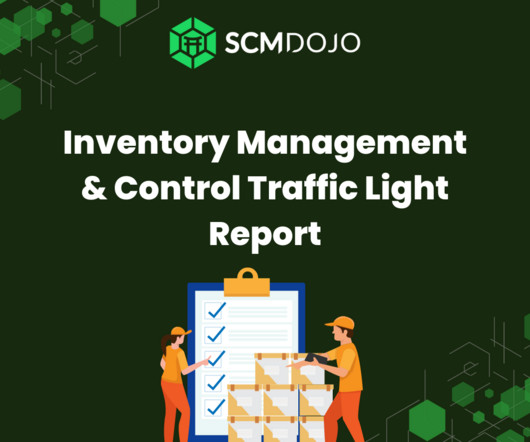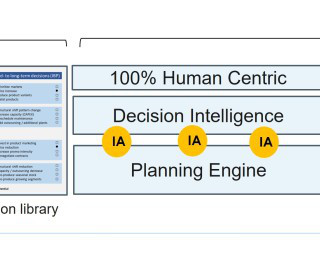FDA FSMA: Providing value beyond compliance
IBM Supply Chain Blog
NOVEMBER 8, 2023
Though the rule doesn’t go into effect until January 2026, companies must proactively and strategically prepare their supply chain now, as this complex regulation will require companies to collect and maintain detailed information about the ingredients, processing and distribution of certain products.












Let's personalize your content